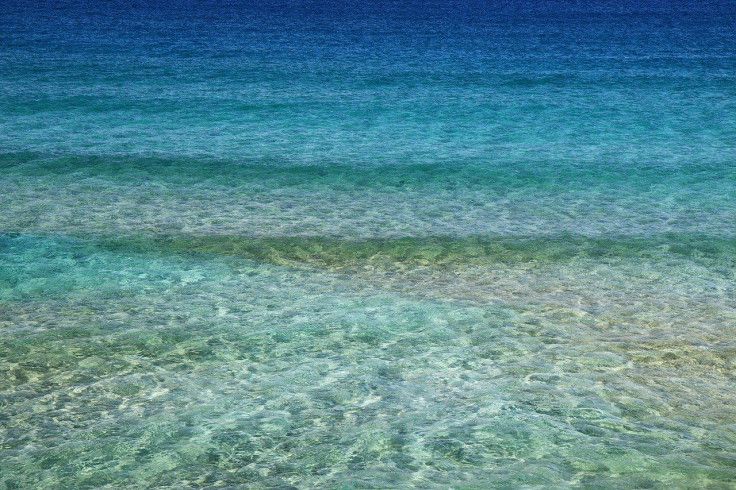Black Sea Spider Crab Species Ignored For Over A Century Finally Gets Noticed
KEY POINTS
- Macropodia czernjawskii spider crab species has been ignored for over 100 years
- Team of researchers finally gave the species attention it has not received since its discovery
- The researchers' work sheds light on the species' characteristics
A spider crab species that has been ignored for over a century is now getting the attention it deserves.
It was in 1880 when the Macropodia czernjawskii was discovered in the Black Sea. It is one of the 18 members of the genus Macropodia, which was discovered in 1814, but it has remained largely ignored by scientists since its initial discovery.
Now, the species is getting the attention it deserves after a team of researchers studied the available museum specimens of the species as well as new material from the Black Sea to provide an update on the species' characteristics.
🦀Ignored for more than a century spider #crab
— Zoosyst_Evolution (@Zoosyst_Evo) September 1, 2020is redescribed & reported as the only species inhabiting the Black Sea.
🔗More: https://t.co/u5YGtkvCE6
🔓Study: https://t.co/LXRYsFDU0E #Crustacea #Biodiversity #Taxonomy
Based on their analysis, the researchers found that M. czernjawskii is the only member of the genus that actually occurs in the Black Sea. This is because previous listings of other Macropodia species in the Black Sea were mostly wrong likely due to misidentification.
The team also describes M. czernjawskii's proclivity for decorating itself.
"As an upper subtidal inshore species, it is particularly specialized in self-decoration and stimulates abundant epibiosis, providing masking and protection," the researchers wrote.
Epibiosis is the means by which organisms grow on another organism but not in a parasitic relationship, and all macropodia species are known to exhibit it, with the epibiosis consisting mostly of cyanobacteria and algae. In the case of the M. czernjawskii, the researchers were able to identify the most common eukaryote species present, including one that's actually not indigenous to the Black Sea.
"Amongst the 25 autotrophic eukaryote taxa, identified to the lowest possible level, green chlorophytes Cladophora sp. and calcareous rhodophytes Corallinales gen. sp. were most commonly recorded," the researchers wrote. "Non-indigenous red alga Bonnemaisonia hamifera Hariot, first officially recorded at the Caucasian coast of the Black Sea in 2015, was present in the epibiosis of M. czernjawskii in Crimea as early as 2011."
This means that team's effort not only broadened the information about the M. czernjawskii and gave it the attention that it did not get for over a hundred years but, it also shed light on the red alga's invasion of the Black Sea.
"It improves our understanding of its invasion history. Museum and monitoring collections of species with abundant epibiosis (in particular inachid crabs) can be used as an additional tool to record and monitor introduction and establishments of sessile non-indigenous species," study lead Dr. Vassily Spiridonov of the Shirshov Institute of Oceanology of Russian Academy of Sciences said in a news release from Pensoft Publishers.
The study is published in Zoosystematics and Evolution.

© Copyright IBTimes 2024. All rights reserved.






















